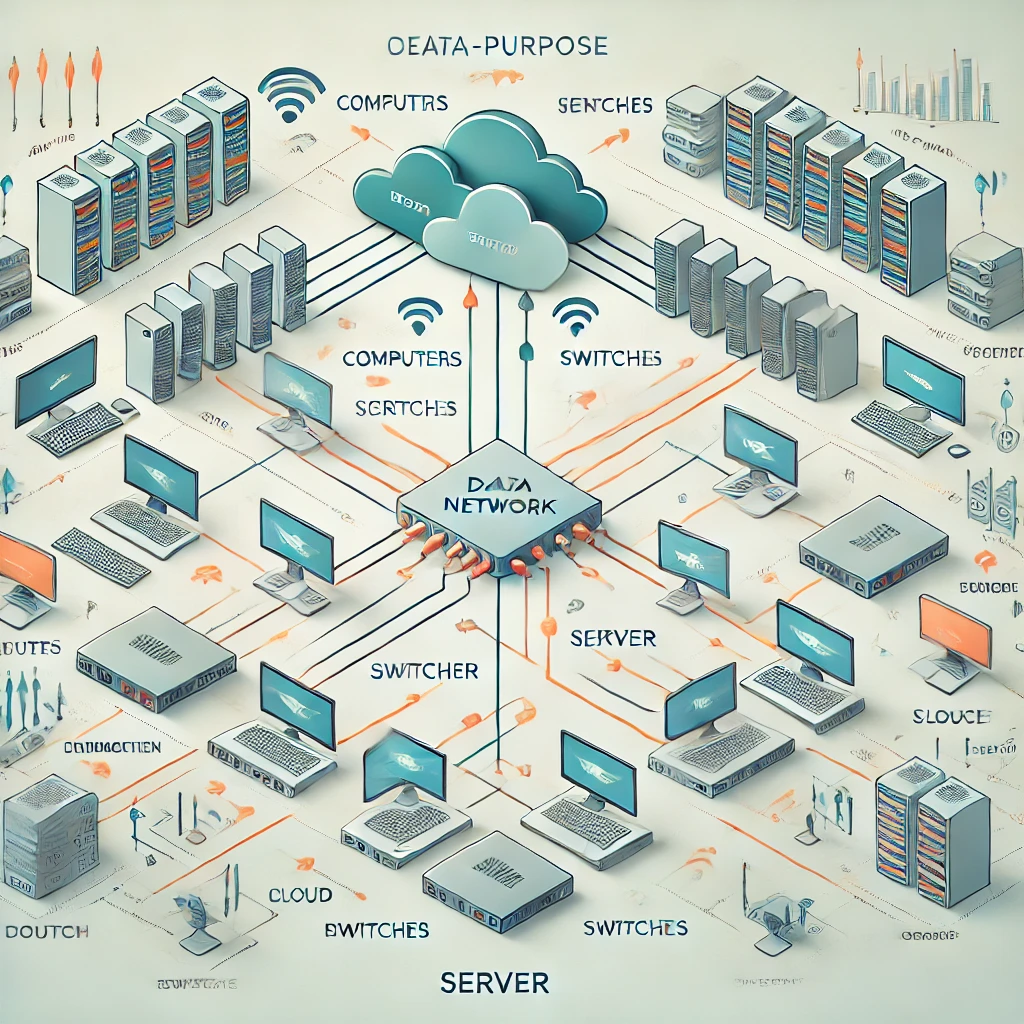Data Encoding Techniques in Communications

Categories:
5 minute read
Data encoding techniques are essential in various fields, including data science, web development, and cybersecurity. This blog post will explore different types of data encoding techniques, their applications, and their significance in ensuring data integrity and security.
Understanding Data Encoding
Data encoding is the process of converting data from one format to another for various purposes, such as storage efficiency, data transmission, or security. The choice of encoding technique can significantly impact how data is processed and interpreted by different systems.
Why Encoding is Necessary
Data Compatibility: Different systems may require data in specific formats. Encoding ensures that data can be shared across platforms without loss of information.
Efficiency: Certain encoding methods can reduce the size of the data, making it easier to store and transmit.
Security: Encoding can obfuscate sensitive information, protecting it from unauthorized access.
Common Data Encoding Techniques
- Base64 Encoding
Base64 is a widely used encoding technique that converts binary data into a text format using 64 different ASCII characters. This method is particularly useful for transmitting binary data over media that only support text.
How it Works: Base64 takes three bytes of binary data (24 bits) and converts them into four ASCII characters (6 bits each). This results in a 33% increase in size but makes the data safe for transmission over protocols that may not handle binary well.
Use Cases: Base64 is commonly used in email encoding (MIME), embedding images in HTML/CSS, and API communication.
- URL Encoding
URL encoding (also known as percent-encoding) is used to encode special characters in URLs. Since URLs can only be sent over the Internet using the ASCII character set, URL encoding replaces unsafe ASCII characters with a “%” followed by two hexadecimal digits.
How it Works: For example, a space character is encoded as
%20, while an ampersand (&) becomes%26.Use Cases: URL encoding is essential for constructing valid URLs and ensuring that query parameters are correctly interpreted by web servers.
- Character Encoding
Character encoding defines how characters are represented in bytes. Different encodings can represent the same characters differently, which can lead to issues if not handled correctly.
Common Encodings:
UTF-8: A variable-length character encoding that can represent any character in the Unicode standard.
ASCII: A 7-bit character set that represents English letters and some control characters.
Use Cases: Character encoding is crucial for web development to ensure that text displays correctly across different browsers and devices.
- Hexadecimal Encoding
Hexadecimal encoding represents binary data in a base-16 format using digits 0-9 and letters A-F. This method is often used in programming and debugging to represent byte values succinctly.
How it Works: Each byte (8 bits) is represented by two hexadecimal digits. For example, the byte
10101010would be represented asAA.Use Cases: Hexadecimal encoding is commonly used in programming languages like C or Python for representing binary data and memory addresses.
- XOR Encoding
XOR (exclusive OR) encoding is a simple form of encryption that combines two sets of binary data using the XOR operation. It’s often used for obfuscation rather than strong encryption.
How it Works: The XOR operation compares bits from two binary inputs; if they are the same, it outputs
0, and if they are different, it outputs1.Use Cases: XOR is frequently used in malware obfuscation techniques to hide malicious code from detection tools [3].
Applications of Data Encoding Techniques
Data encoding techniques find applications across various domains:
Web Development: Ensuring that web pages display correctly regardless of user location or device.
Data Transmission: Facilitating secure and efficient transfer of data between systems.
Machine Learning: Preparing categorical variables for algorithms through techniques like label encoding and one-hot encoding [1].
Cybersecurity: Protecting sensitive information through obfuscation methods [3].
Challenges with Data Encoding
While data encoding techniques offer numerous benefits, they also present challenges:
Data Loss: Improperly encoded or decoded data can lead to loss or corruption of information.
Performance Overhead: Some encoding methods increase the size of the data, which can affect performance during transmission or storage.
Compatibility Issues: Different systems may interpret encoded data differently; thus, ensuring compatibility requires careful management.
Best Practices for Data Encoding
To effectively utilize data encoding techniques, consider the following best practices:
Choose the Right Encoding Method: Select an encoding technique based on your specific use case to ensure optimal performance and compatibility.
Test Across Platforms: Always test encoded data across different systems to identify potential issues before deployment.
Keep Security in Mind: Use strong encryption methods when dealing with sensitive information to protect against unauthorized access.
Conclusion
Data encoding techniques play a vital role in modern computing by ensuring compatibility, efficiency, and security across various applications. Understanding these techniques allows developers and cybersecurity professionals to make informed decisions when handling data.
As technology continues to evolve, staying updated on new encoding methods and best practices will be essential for maintaining effective data management strategies. Whether you’re developing a web application or working on machine learning models, mastering these techniques will enhance your ability to work with diverse datasets securely and efficiently.
By integrating robust data encoding practices into your workflow, you can improve not only your application’s performance but also its security posture against potential threats.
Citations: [1] https://gsarantitis.wordpress.com/2019/07/16/how-to-persist-categorical-encoding-in-machine-learning-deployment-phase/ [2] https://tutorialfaq.com/how-to-fix-character-encoding-in-wordpress/ [3] https://www.wordfence.com/blog/2023/10/know-your-malware-a-beginners-guide-to-encoding-techniques-used-to-obfuscate-malware/ [4] https://nitropack.io/blog/post/efficiently-encode-images [5] https://stackoverflow.com/questions/18811893/wordpress-utf-8-encoding-issue-help-implementing-possible-solution [6] https://kinsta.com/blog/wordpress-coding-standards/ [7] https://www.smashingmagazine.com/2009/10/10-useful-wordpress-hacks-for-advanced-themes/ [8] https://wordpress.org/support/topic/optimizing-wordpress-for-geographic-data-best-practices-for-structuring-regions/
Feedback
Was this page helpful?
Glad to hear it! Please tell us how we can improve.
Sorry to hear that. Please tell us how we can improve.